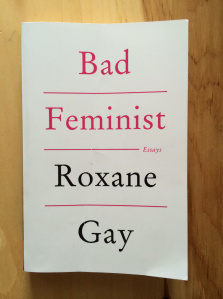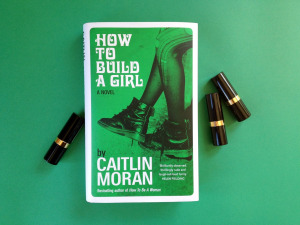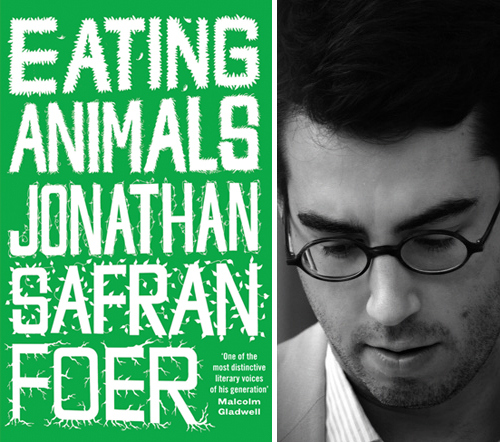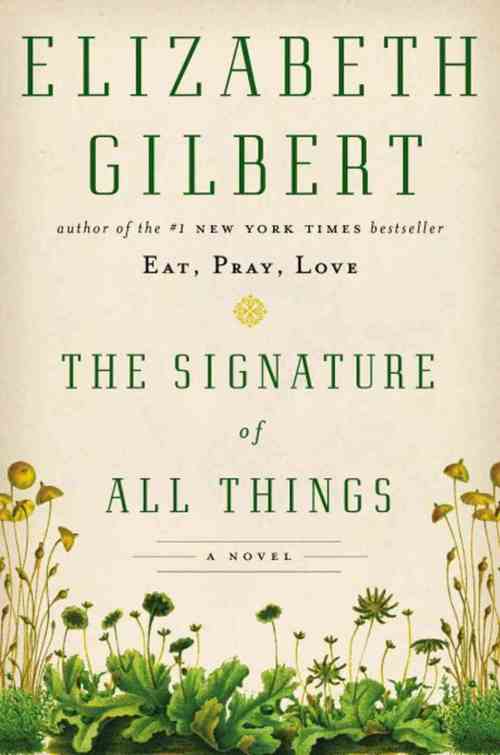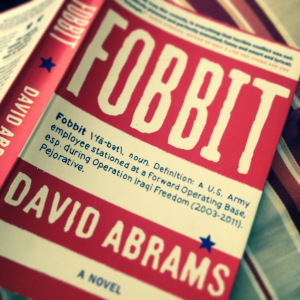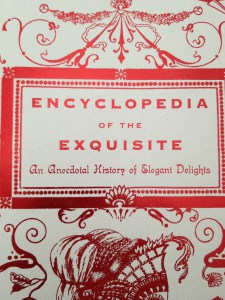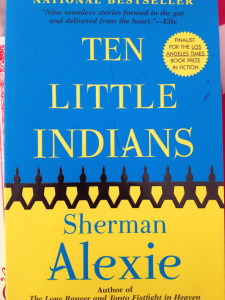I am a feminist.
Quick definition of terms for you: feminism means you support men and women having equal opportunities, rights, and access. If you think it’s cool for me to write this snarky blog, you’re a feminist. If you’re a woman who can read this, you’re a feminist. If you’re a woman who doesn’t like anything I write ever and then take to your own blog/Twitter/Facebook/local saloon to talk about how much you think I’m a total moron with no taste, you’re a feminist. It doesn’t mean you don’t wear a bra, or hate men, or have to agree with everything other feminists do, but it means that you gotta think women and men should both be allowed to take part in public life and make their own decisions. If this does not describe you, I ask that you please click the little X in the right hand corner of your screen and make your merry way back to The Chive. Thanks in advance.
I was at a conference in New York a few weeks ago, and this badass literary agent, Janet, was going on and on and on about Bad Feminist and how we had to read it. I am in equal parts in awe of Janet’s terrified to disappoint her and intellect and humor, so I ran straight to a SoHo bookshop and grabbed a copy. I knew Roxane Gay’s work from meeting her once at some cocktail thing and following her hysterical live tweeting of Ina Garten’s show(s), so I was jazzed to read this.
Out of the gate, she deployed this neat rhetorical trick that’s going around the non-fiction world right now like chicken pox at Chuckie Cheese. She isn’t that well-versed in feminist writing and theory, she tells us, but knows she’s a feminist (see above definition) without that. My academic grounding in feminism is limited to some undergrad coursework and a graduate-level seminar, so I relate to that. I feel out of my depth when I talk about feminism with my friends who majored in gender studies all the time! I think that’s pretty common. She feels, though, like a bad feminist because she likes to wear dresses and bake and watch the always-horrifying Law&Order:SVU. As I write this, I am eating a muffin I baked this morning and wearing not only a skirt but a puffy one. I don’t feel like this puts me at odds with advocating for my access to services, but I get that this feels different for different people. Still, I don’t think declaring yourself an unreliable narrator in your own memoir is a workable solution.
The book is divided into several sections clumped loosely by theme. The essays within are sometimes barely more than a couple pages, and sometimes what most people would consider a chapter. Like all small pieces of art that are asked to stand together, some are better than others. Let’s start with the good, shall we? She plays competitive Scrabble, and describes the people she meets and vanquishes in a way that made me ROFL IRL. It also made me want to never, ever play Scrabble again. Her vivid, brave description of her own gang rape as a child was a straight gut punch. I don’t think I’ve ever seen anyone discuss their own trauma so eloquently. The way she talked about her immigrant family was both touching and insightful without being saccharine. I loved these polished bits, both grim and light.
But the bad, man. The bad was pretty bad. There were a ton of passages in sore need of an editor; I found some easy-to-fix stuff that was just lazy editing. Since almost all of this had been previously published elsewhere, she’s had at least three people take a look at this, none of whom took out errant commas or adverbs. I know, this is rich coming from me, but this is a blog I write for fun. At work, I go through and turn n-dashes into m-dashes and consult my dogeared MLA guide constantly.
Most of the things that touched on feminism in the media, rape culture, and race in America were hot takes. She’d look at something like the music she loves to dance to, point out something salient about how degrading it was to women, say she still liked to get down to Robin Thicke, and then move on. She’d get right up against pushing through why she liked all the procedural cop shows that are, about women getting sexually assaulted, then stop short. The door was there. She tested the knob and found it unlocked. There’s so much to say about all these things that’s needs to get said, and she’s got the platform, background, and intellect to do so. I really wanted to hear what she thought about Trayvon Martin, about rap videos, about beer commercials. I felt let down by her saying, “okay, I like makeup! I’m a bad feminist!” and leaving it there. Especially because that has nothing to do with feminism.
Look, I get feeling estranged from the most verbal of our feminist sisters and brothers. I get feeling a little weird about having a candy dish on my desk. I’ve been called bossy and pushy and slutty and bitchy and whatever other gendered adjectives you can think of and felt mad at myself for internalizing it rather than recognizing it for the bigoted bullshit it is. I was hoping she’d have something more to say that, “that felt bad to me, too.”
So what did you think? I know I’m the only person who didn’t like this book, and I’m almost scared to say this out loud. Thoughts? Tell me why I’m wrong.
Next week, I’m reading this. Join me!
